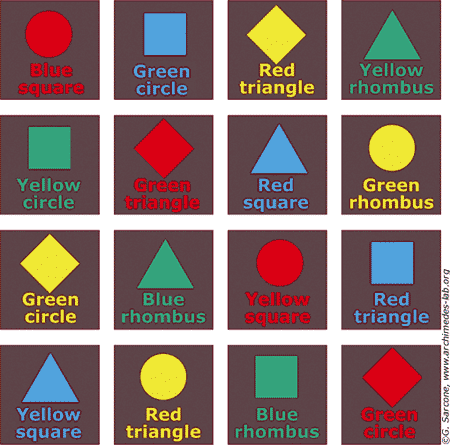Stroop Effect

Have you ever played one of those games that tests your cognitive capacity? One in which they show you a blue card with the colour red on it?
You are then asked to pick either the colour of the card or the colour written on it. You quickly get confused. You have just been the victim of something known as the Stroop effect.
Cognitive science is fascinating as it is. Even within this stream of study, the Stroop Effect provides profound insights into our mental processing and decision-making capabilities.
Named after John Ridley Stroop, the Stroop Effect is an intriguing demonstration of cognitive interference where a delay in the reaction time of a task occurs due to a mismatch in stimuli.
Your brain gets easily confused and jumps between words and colours.
So what just happened?
Simply put, our brains got overloaded. It made an attempt to comprehend the stimulus by matching it against a prior experience. Since you confused the brain, it was unable to cope.
Scientists therefore argue for you to actively engage in such experiences. Think of it as a sort of hormesis for the brain.
Hormesis, if you recall from previous blogs, is a little stress that makes your body stronger. In this case, the brain.
Repeated exposure to this sort of brain overload reflects the sense of being overwhelmed that we often experience in everyday life.
As the brain copes with physical and emotional stress, which can result in a mental overload, it can get confused.
In real life, these could reflect on actions that could potentially cause you harm. Therefore, training the mind to learn to cope with such stimuli makes you stronger.
If you are interested there are plenty of options online.
Reach out to me on twitter @rbawri Instagram @riteshbawriofficial and YouTube at www.youtube.com/breatheagain






